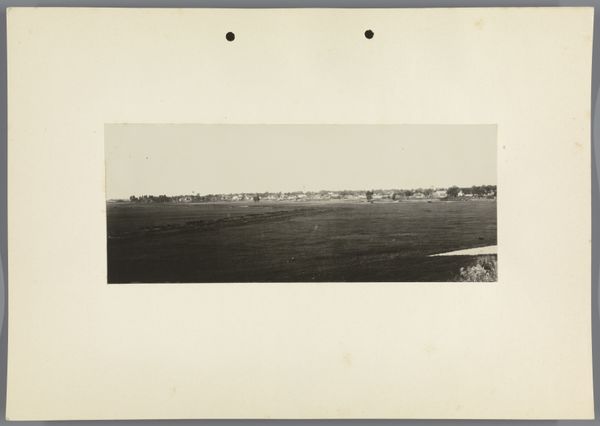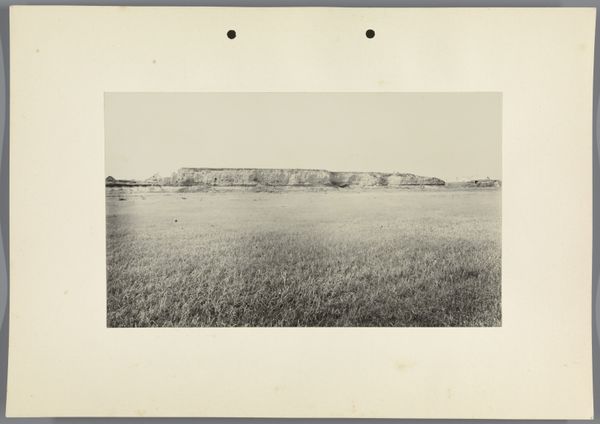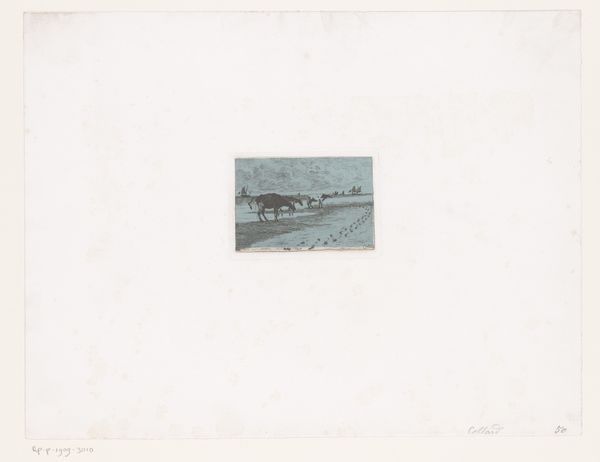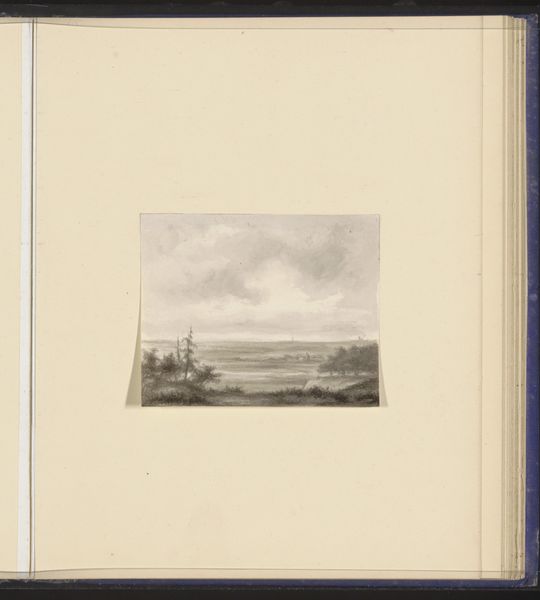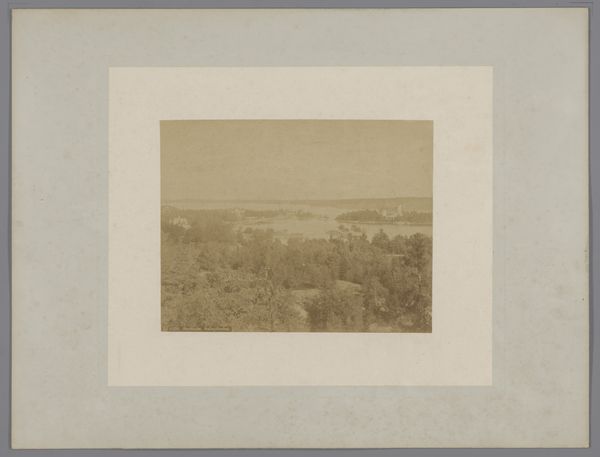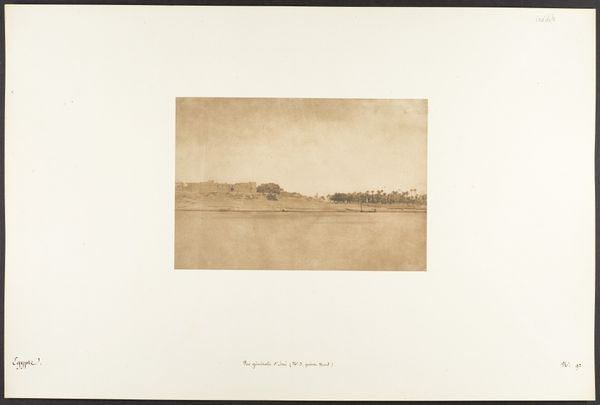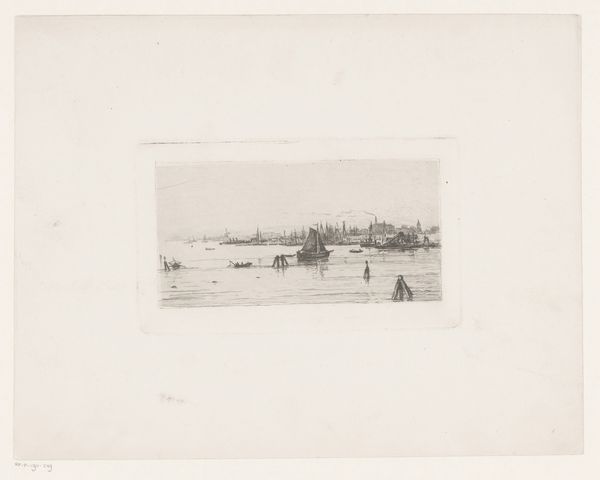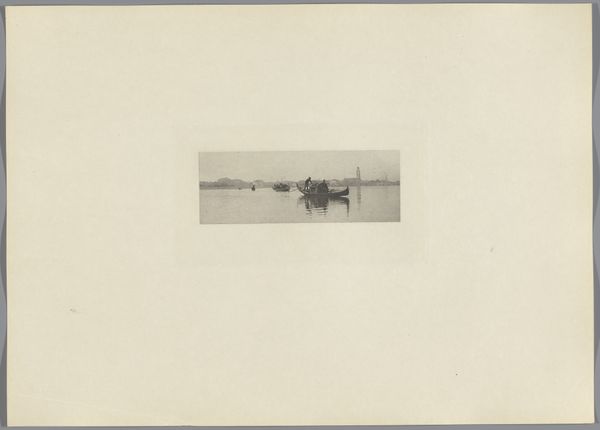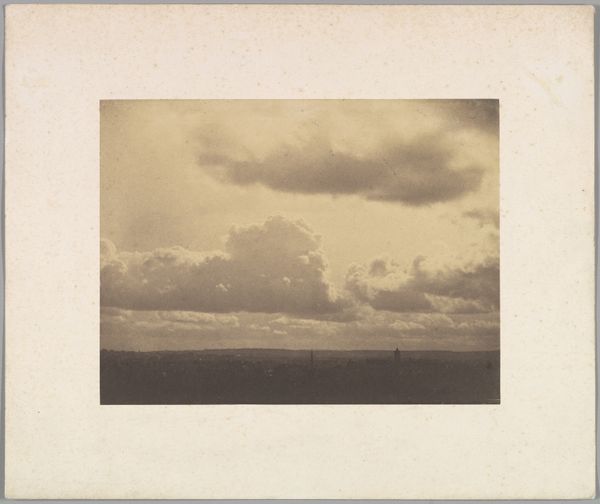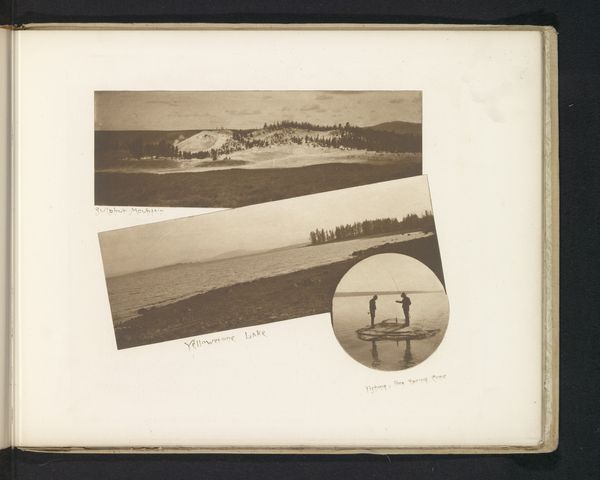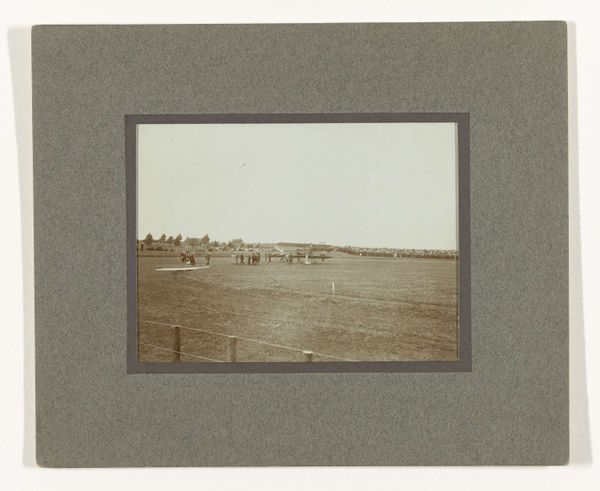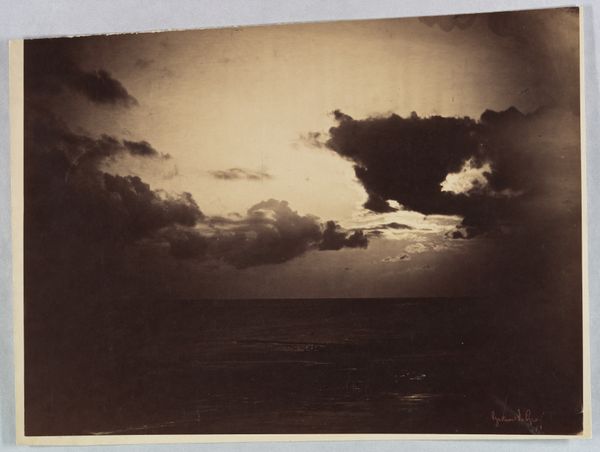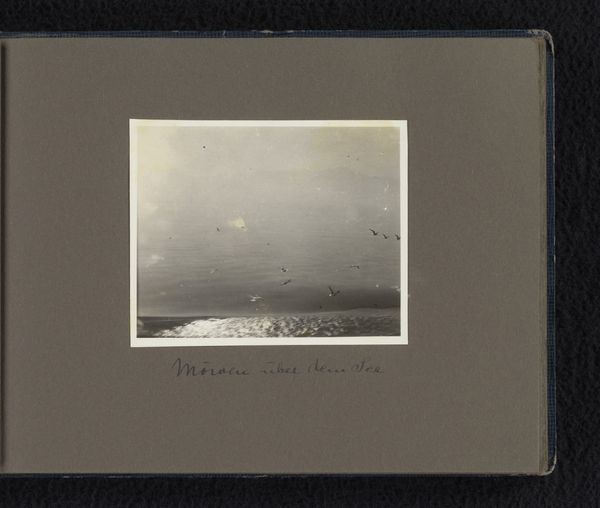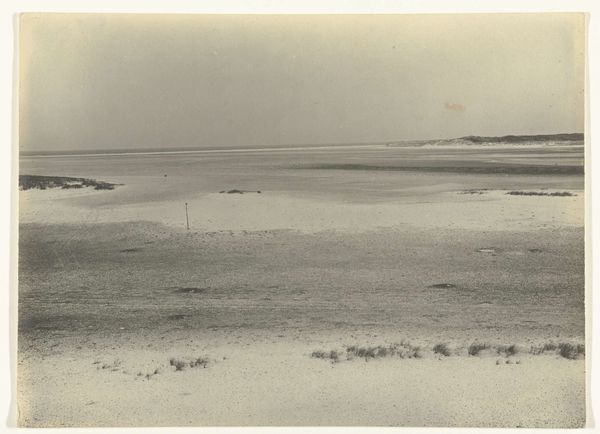
photography, gelatin-silver-print
#
landscape
#
river
#
photography
#
gelatin-silver-print
#
modernism
#
watercolor
#
realism
Dimensions: height 107 mm, width 224 mm, height 240 mm, width 340 mm
Copyright: Rijks Museum: Open Domain
Editor: This photograph, "Landschap nabij Domsöd aan de Donau, Hongarije," which translates to "Landscape near Domsöd on the Danube, Hungary," was captured in 1928 by Jan Lanting using the gelatin silver print technique. It's a rather subdued scene, mostly grey, with an expansive field meeting the river under a heavy sky. How would you interpret this work? Curator: This photograph is more than just a pretty landscape. We have to consider what was happening in Europe at that time. The interwar period was a period of recovery, but also of profound social and political upheaval, leading up to WWII. Landscape photography then becomes an interesting field: What is being "pictured," in the social and political spheres? Do you see any particular visual choices by Lanting that stand out, like composition? Editor: Well, the horizon line is quite low, making the sky feel dominant and somewhat oppressive. And there aren’t any people in the shot. Curator: Exactly. That absence is interesting, isn't it? What might the lack of human presence suggest, particularly in a period of immense societal change and growing anxieties? Do you think it offers some commentary, some insight into people’s perception of the land in this place and time? Editor: It's true... it gives the sense of an almost post-apocalyptic or uninhabited place. It could indicate isolation or a world that moves on despite humanity’s turmoil. It highlights a kind of… indifference? Curator: Indeed. I find the work's social relevance lies not just in its aesthetic value but in prompting viewers to contemplate this historical context through landscape and absence. I wonder about how viewers at the time received it versus today. Editor: It's been incredibly helpful understanding how photographs can reflect more than what’s on the surface! I’ll definitely be thinking about social context more often when I view landscapes. Curator: And I've enjoyed your insightful observation about the composition and lack of figures; it truly changes how the picture's meaning shifts and reveals the story of its time.
Comments
No comments
Be the first to comment and join the conversation on the ultimate creative platform.
